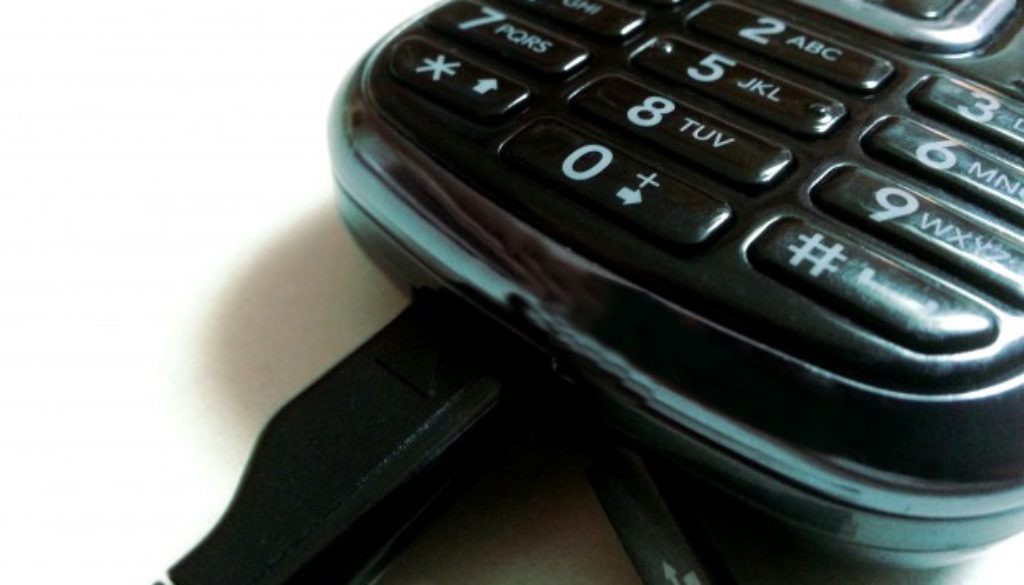New Rule to Boost Efficiency of Rechargeable Products
By Pierre Delforge, Natural Resources Defense Council
A long-awaited revised proposal for energy efficiency standards for the millions of products with rechargeable batteries sold annually in the United States — which include everything from cell phones and power tools, to laptops and even golf carts — was announced this week.
In most cases, battery charger systems are not separate devices from the products they charge, but are part of them. This regulation covers the battery-charging energy use but does not set minimum standards for the rest of the energy use of the product, such as the power consumption of a laptop while operating.
Together, the standards already in effect for these products in California and Oregon, and these new proposed federal standards that would extend them to the rest of the nation, have the potential to save consumers more than $2 billion off their utility bills and avoid 12 million metric tons of carbon pollution annually.
Roughly 400 million battery chargers are sold annually in the United States, according to DOE’s latest analysis, and NRDC estimates there are more than one billion currently in use in the nation. Given the ever-increasing proliferation of rechargeable gadgets in our lives, driven in large part by the falling prices and longer life of rechargeable batteries, these figures are likely to continue to grow.
It was especially timely for DOE to announce this proposal during the same week that President Obama announced the final Clean Power Plan to slash carbon pollution from the power plants generating America’s electricity. Meanwhile, DOE also proposed an efficiency standard update for beverage vending machines. My colleague, Elizabeth Noll, blogs about that here.
The battery chargers proposal is good news all round. None of us want to feel that the gadgets we’ve come to rely on for recreation and business are wasting energy, causing lots of unnecessary harmful power plant pollution which impacts our health and our environment (and increases our utility bills).
But the fact is that many of them are using far more energy than they actually need. These range from chargers that continue to charge even after the battery is full; to those that get so hot that they waste almost twice as much energy in unnecessary heat as is actually stored in a battery. There are also chargers that continue to draw energy while they’re plugged in even though they’re not connected to a battery.
Under the new rules, allowed energy levels will require the use of best-practices already required by California energy efficiency standards, ensuring that wasteful designs are upgraded for all products sold in the country.
The history
These standards have been a challenge. California adopted its own efficiency standards for battery chargers in 2012, followed in 2014 by Oregon. While technically only applying to chargers sold within the two states, California and Oregon are home to one in nearly seven consumers in the country. Therefore, these standards caused manufacturers to redesign most of the products sold throughout the United States (up to 95 percent per DOE’s estimate) rather than maintain separate inventories for the rest of the country, which had a significant impact on chargers sold in America.
The DOE’s initial proposal for federal battery charger standards in March 2012 was developed in parallel with California’s and had not taken into account the impact that California’s standards would have on the market. DOE’s proposal was also less stringent. This meant that if DOE had adopted its initial proposal, which would have automatically pre-empted state standards, it would in effect have relaxed California’s de facto standards, resulting in a potentially significant increase in energy consumption in the country!
After this initial setback, the DOE changed tack. The 2012 proposals had covered both battery chargers (BCS) and external power supplies (EPS), which are those little black boxes at the end of the power cord of many small electronic devices and convert household electric current to lower voltages. The DOE followed NRDC’s recommendation and separated battery chargers and external power supplies into two rulemakings. The EPS standards were duly adopted – and are due to go into effect in February 2016 – and the DOE went back to the drawing board on the battery chargers analysis.
That diligence has now paid off. Our preliminary analysis indicates that DOE’s revised proposal is roughly equivalent to California’s and Oregon’s standards. If confirmed after due analysis of DOE’s Technical Support Document expected to be published shortly, this will lock in and extend the financial, health, and environmental benefits driven by the original state standards by ensuring that ALL products with rechargeable batteries sold in the United States will be designed to avoid unnecessary energy waste. As with many other appliance and vehicle efficiency standards over the past 40 years, this is an example where state energy efficiency policy can have an outsized impact on the entire country–and even the world as the effect of these standards spill over beyond U.S. borders.

